

Modern living spaces are rapidly transforming with the integration of digital technology into daily routines. The concept centers on how familiar household items are enhanced with network connectivity, allowing them to interact, adapt, and automate everyday tasks. This ecosystem, generally known as a connected home, encompasses a broad spectrum of smart devices and services that make controlling and monitoring home functions easier, smarter, and more efficient.
From managing lighting and temperature to securing the front door or monitoring the fridge, connected home products are seamlessly blending convenience with innovation. These solutions use Wi-Fi, Bluetooth, and cloud platforms to offer remote control via smartphones, voice assistants, or automated routines—all designed to simplify life at home and provide peace of mind.
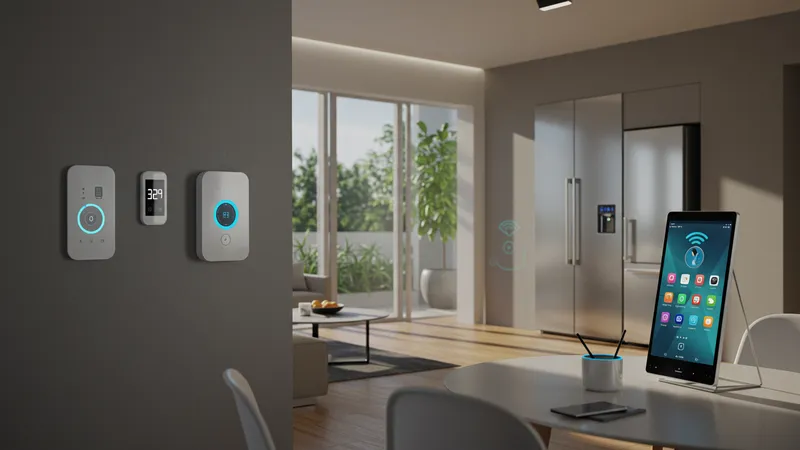
Connected lighting, such as Philips Hue, lets users customize brightness and color scenes by app or voice. Smart bulbs can be scheduled for energy savings and improved ambience, and often integrate with other smart home hubs for further automation. This provides convenience not just for daily routines but also for accessibility and tailored comfort.
Voice assistants like the Amazon Echo have become central to many connected homes. Acting as the control hub, these devices enable hands-free operation for music, reminders, shopping lists, news, and even controlling other smart devices. With increasing interoperability, they form the bridge between diverse smart home products, uniting them into a cohesive system.
Smart thermostats such as the Google Nest Learning Thermostat offer automated temperature control by learning your schedule and preferences. Their remote management features allow homeowners to save energy and enhance comfort, whether they're at home or away. This technology not only provides practical convenience but also environmental benefits by reducing energy waste.
Industry statistics show rapid global adoption of connected home devices, with growth fuelled by ongoing product improvements and increased awareness of their time-saving and security-enhancing capabilities. As prices become more accessible, the scope ranges from essential convenience for busy individuals to life-changing accessibility adaptations for seniors and people with mobility challenges.
In summary, today’s connected home offerings are far more than trendy gadgets—they are transforming modern lifestyles in ways both subtle and profound. Yet, the features, integrations, and privacy safeguards behind each product reveal even greater depths of innovation and complexity to explore. The deeper details reveal even more valuable insights ahead…
The value of connected home products lies largely in the features they provide. For example, smart bulbs go beyond mere wireless control; some models can respond to voice commands, synchronize light to music or movies, and enable custom schedules. Such versatility means a living room can transform from a vibrant party space to a peaceful reading nook at the touch of a smartphone screen.
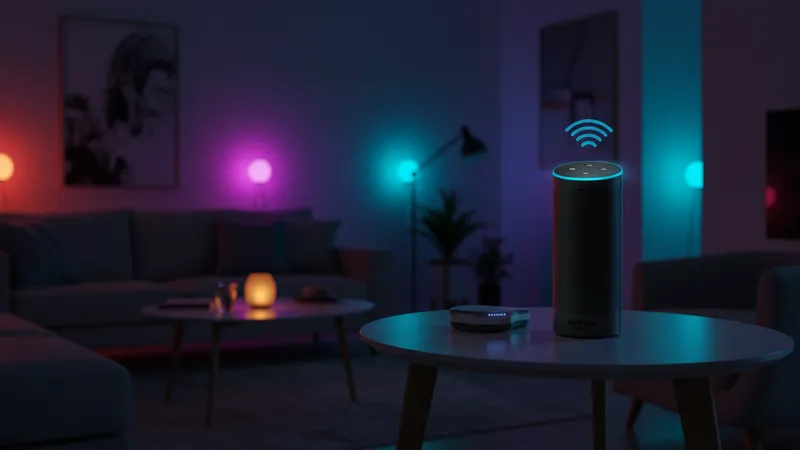
Smart speakers and hubs, like the Amazon Echo, are equipped with far-field microphones and built-in AI assistants. These devices interpret a broad range of voice commands and can trigger complex routines involving multiple other connected products, from dimming lights to locking doors or adjusting the thermostat on cue. These functionalities set the baseline for an efficient and intuitive smart home environment.
Learning thermostats use adaptive algorithms, sensors, and even geofencing to anticipate needs. The Google Nest Learning Thermostat, for example, detects when residents are home or away and modifies heating or cooling patterns accordingly. This blend of automation and personalization sharpens energy efficiency and environmental comfort, distinguishing these products from standard programmable thermostats.
What sets these devices apart from traditional appliances is their ability to update remotely and integrate with future technologies. This capacity for over-the-air feature upgrades and expanding compatibility ensures that users’ investments are futureproofed, as devices can accommodate new routines and products as they emerge in the connected home market.
One of the defining strengths of the connected home is the way products from different brands can be brought together under unified control. Philips Hue lights, for instance, are compatible with a wide range of hubs, including Amazon Echo and Google Assistant, allowing centralized management irrespective of manufacturer. This interoperability has reshaped how consumers select and install new devices.
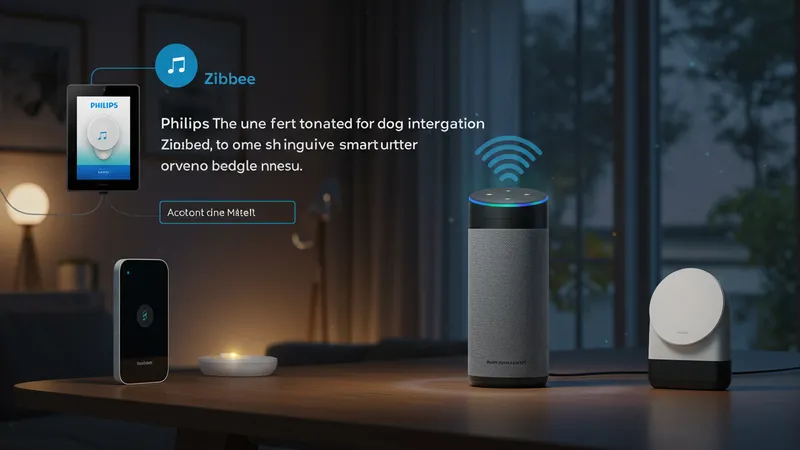
The growing presence of open standards like Zigbee and Matter further accelerates integration. As these protocols are increasingly supported, newer devices can connect seamlessly with existing ones, making the setup process less intimidating and ensuring that investments remain relevant even as technology changes. Homeowners can expand their system around the core products without fear of incompatibility.
Scenes and automation routines become possible as products integrate. For example, leaving the house can trigger a smart thermostat to conserve energy, while the voice assistant turns off lights and secures doors—all automatically. This unified control drives real-world benefits, from utility savings to peace of mind, and incentivizes further adoption of connected products.
While the core product ecosystem is growing, users increasingly seek products that work "out of the box" with minimal technical know-how. This demand is pushing manufacturers to simplify setup and broaden integration support. As a result, even those without advanced tech skills can take advantage of these interconnected conveniences with minimal friction.
Connected home devices are designed first and foremost to make daily living more comfortable. Smart lighting enhances mood, supports healthy routines by mimicking natural light curves, and lets users personalize settings for every occasion. The ability to automate or remotely control lighting proves valuable for safety, accessibility, and energy optimization.
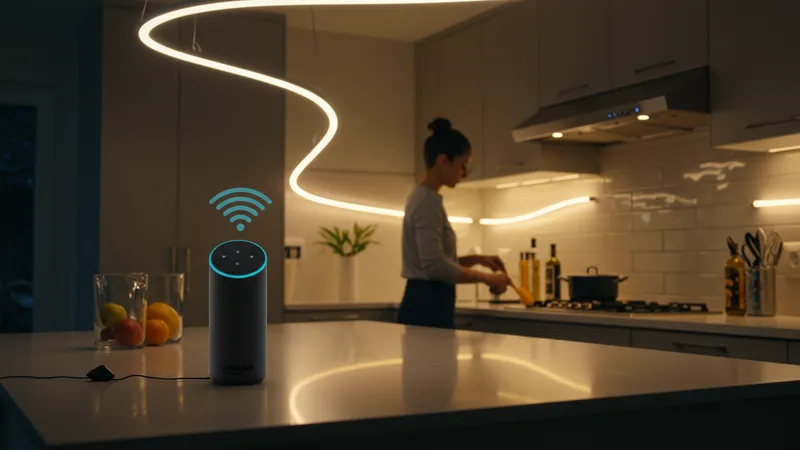
Smart assistants like Amazon Echo serve as personal organizers, entertainment sources, and communication hubs, all through voice control. This reduces distractions while multitasking—think dictating a grocery list while cooking, or getting weather updates hands-free. For parents, professionals, and people with different abilities, this streamlined access is a notable advantage.
Smart thermostats do more than regulate temperature—they learn preferences and adapt over time. This ensures that homes are comfortable without the need for constant manual adjustment. The result is not only better quality of life but also tangible cost reductions through optimized heating and cooling, as reflected in numerous case studies from households around the world.
By reducing manual effort, increasing control, and minimizing waste, connected home products are changing daily routines from the ground up. Adoption is driven by both the tangible functional upgrades and the sense of reassurance that comes from intelligent, responsive living environments—making smart homes an increasingly mainstream choice for everyday life.
With greater connectivity comes renewed focus on privacy and data security. Leading manufacturers invest heavily in encrypting data streams and updating firmware to combat vulnerabilities. For example, both Google Nest and Philips Hue products include automatic security patches and multi-factor authentication, ensuring that unauthorized access is minimized.
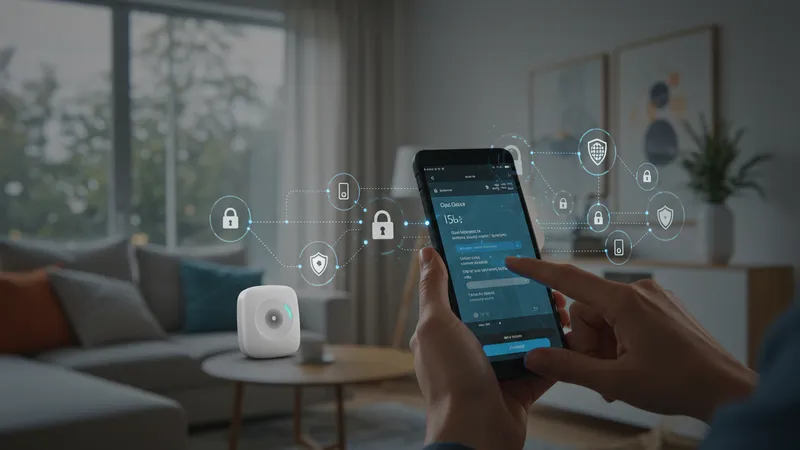
Consumers are becoming better informed about data policies and the importance of using secure Wi-Fi networks or managed guest access for connected devices. This empowers individuals to make safer choices, such as regularly updating passwords and auditing device permissions on their smart home apps, forming a first line of defense against privacy breaches.
The future of connected home solutions promises even deeper integration, with AI-powered predictions and sensor-rich environments that can respond to moods, occupancy, and even health-related preferences (such as air quality or sleep optimization). The industry continues to innovate toward environments that are both responsive and respectful of user preferences and security needs.
In closing, connected home products represent a blend of convenience and technological prowess, offering flexible, evolving features tailored for modern lifestyles. As adoption rises and security practices improve, these devices are poised to become intrinsic to daily living for people around the globe.